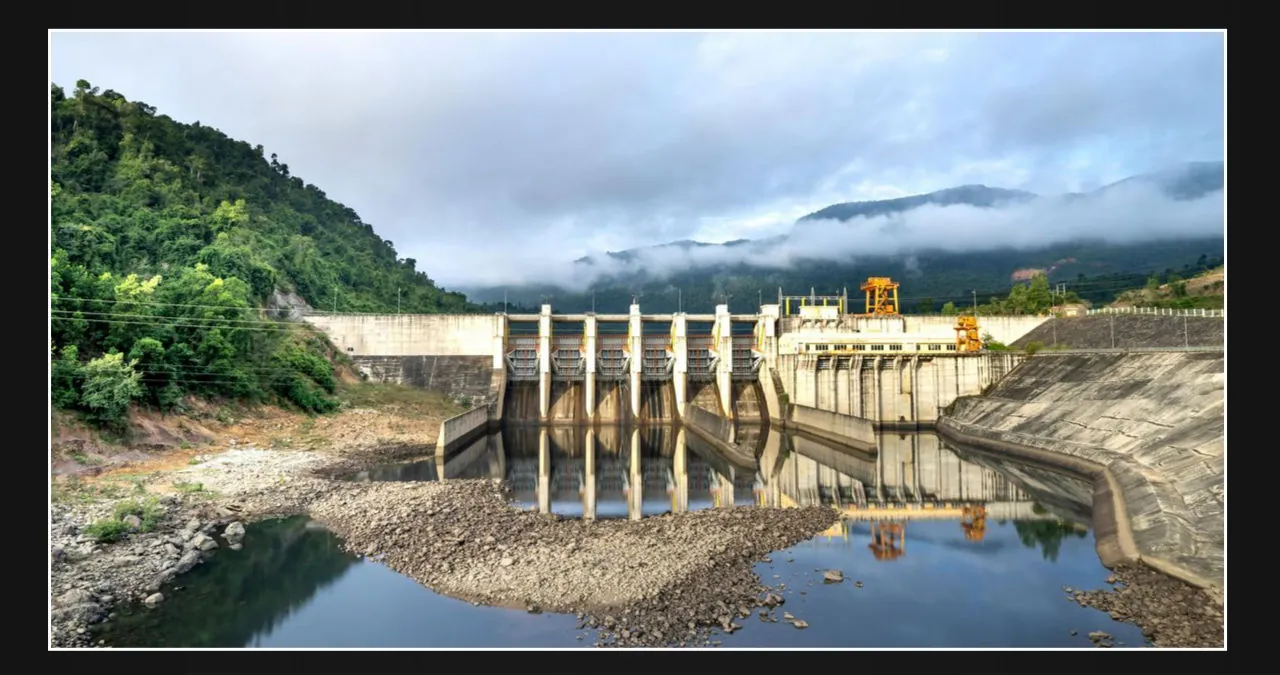Hydropower, as a prominent source of clean energy in the country, faces a significant challenge during extended droughts. The University of Alabama researchers emphasize the importance of proper planning to prevent hydropower from becoming a liability in such circumstances.
A recent study published in Environmental Research Letters conducted a thorough analysis by researchers from the Center for Complex Hydrosystems Research at the University of Arizona. The study aimed to assess the influence of drought on hydropower generation over an 18-year period and determine the varying susceptibility of each state to drought.
Between 2003 and 2020, there was a significant decrease in hydroelectric power, which cost the sector an estimated $28 billion nationwide. This decline not only resulted in a loss of revenue for hydropower facilities but also required the purchase of energy from other utilities to make up for the energy deficit.
A better understanding of drought impact
Key factors were considered in assessing the vulnerability of each state to drought, including the extent to which they rely on hydropower and other mitigating factors. For instance, despite its arid conditions, Nevada exhibited the lowest vulnerability due to various reasons. The presence of the Hoover Dam and its large reservoir played a significant role in mitigating drought and enhancing the state’s ability to adapt. Additionally, ecological factors such as soil moisture also contribute to a state’s resilience in the face of drought.
Hydropower accounts for approximately 7% of the electricity generated in Alabama. However, its reliance on water resources makes it susceptible to drought conditions. Despite this, Alabama has shown a higher degree of adaptability compared to other states, which has helped mitigate the potential impacts of drought on hydropower generation.
Aside from the economic impact, states that were most susceptible to drought also experienced environmental consequences. In order to compensate for the loss of hydropower generation, these states had to rely heavily on purchasing energy, primarily sourced from natural gas. The study revealed a nationwide increase of 10% in CO2 emissions and a 24% increase in NO2 emissions. It is important to note that certain states experienced a more significant decline in air quality compared to others.
The study suggests that even though a temporary rise in emissions caused by drought may not appear worrisome, it highlights the importance of preparing for future drought. This regional vulnerability emphasizes the necessity of developing state-specific strategies to enhance resilience against drought and safeguard the sustainability of the energy sector. These strategies should include diversification of energy sources and improved water management practices.
Here is the re-written paragraph:
“Further details can be found in the research study conducted by Pouya Moghaddasi et al. titled ‘Unraveling the hydropower vulnerability to drought in the United States,’ published in the journal Environmental Research Letters in 2024. The study provides valuable insights into the impact of drought on hydropower and can be accessed with the DOI: 10.1088/1748-9326/ad6200.”
According to a recent article on TechXplore, the hydropower industry has suffered significant financial losses due to drought conditions over the past twenty years. The article, titled “Hydropower industry lost billions to drought over two decades,” highlights the devastating impact of water scarcity on this sector. The losses incurred by the industry, which were in the billions, have had long-lasting consequences for hydropower companies.







Leave a Reply